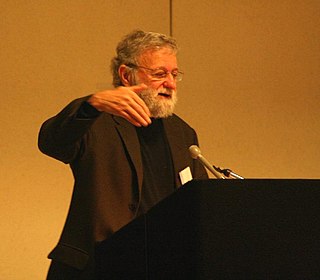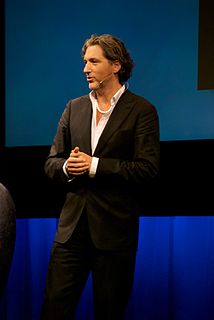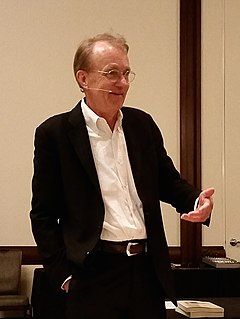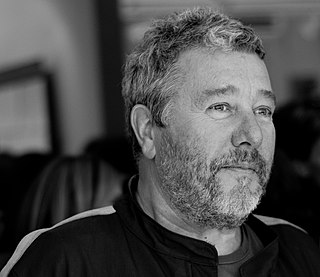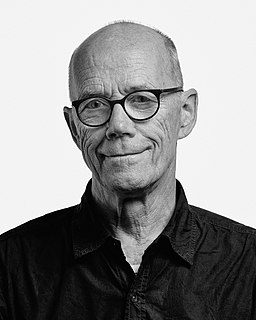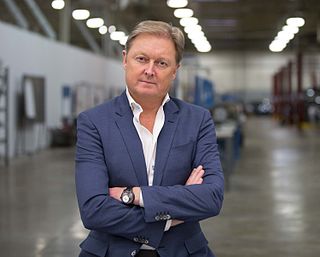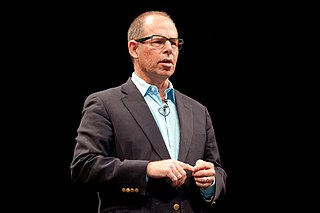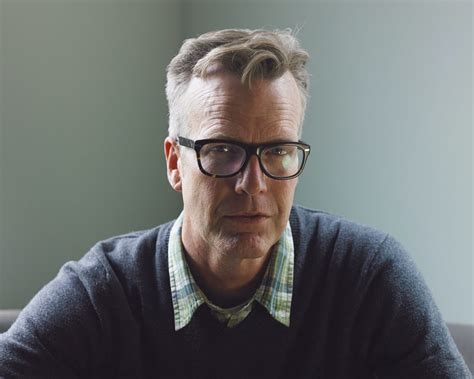A Quote by Nathan Shedroff
The future is created at the intersection of business, technology, design, and culture. *In the Bubble* is an insightful and delightful explanation of this nexus and of how each force affects the others. Designers often miss a great deal in their educations about the real people who will use and inhabit their work. Thackara astutely illuminates a lot of what designers don't know they're missing.
Related Quotes
In their work, designers often become expert with the device they are designing. Users are often expert at the task they are trying to perform with the device. [...] Professional designers are usually aware of the pitfalls. But most design is not done by professional designers, it is done by engineers, programmers, and managers.
If there is a well thought-out design standard, it should be followed. In practice, great design comes from great designers. That is empirically the case. If a great designer did a first-rate standard, that model should be followed. Great design is not democratic; it comes from great designers. If the standard is lousy, then develop another standard.
These days, information is a commodity being sold. And designers-including the newly defined subset of information designers and information architects-have a responsible role to play. We are interpreters, not merely translators, between sender and receiver. What we say and how we say it makes a difference. If we want to speak to people, we need to know their language. In order to design for understanding, we need to understand design.
I do think, in the future, headlamps are probably going to be smaller, slimmer. I also think that a lot of designers will start playing around with the daylight running lights. That gives a lot of character to the vehicles in different ways, so I think designers are going to play around with that to try and give each brand a certain DNA so you can almost recognize what car it is when you look at the headlamps.
I'm so immersed in my little world that I don't often sit back and pay attention to what's going on around me. It truly stuns me when people recognize me. Obviously, I'm not a film star, but even at a design exhibition or art exhibition, if someone comes up to me, I'm sort of taken aback. I don't think of myself like that. But if I can have an effect on young designers, that's great - particularly young designers coming from Australia. Europeans grew up with design. The rest of us lived on tidbits of information.
What I do is to collaborate with each actor and work one-on-one to create a character. And that is a matter of huge complexity and is a combination of a great deal of discussion and a lot of practical work. It involves a lot of consideration for the real people out there, and all kinds of sources of real people. The result is the character. But I'm not supposed to talk about what it is we do, because it's nobody's business.


